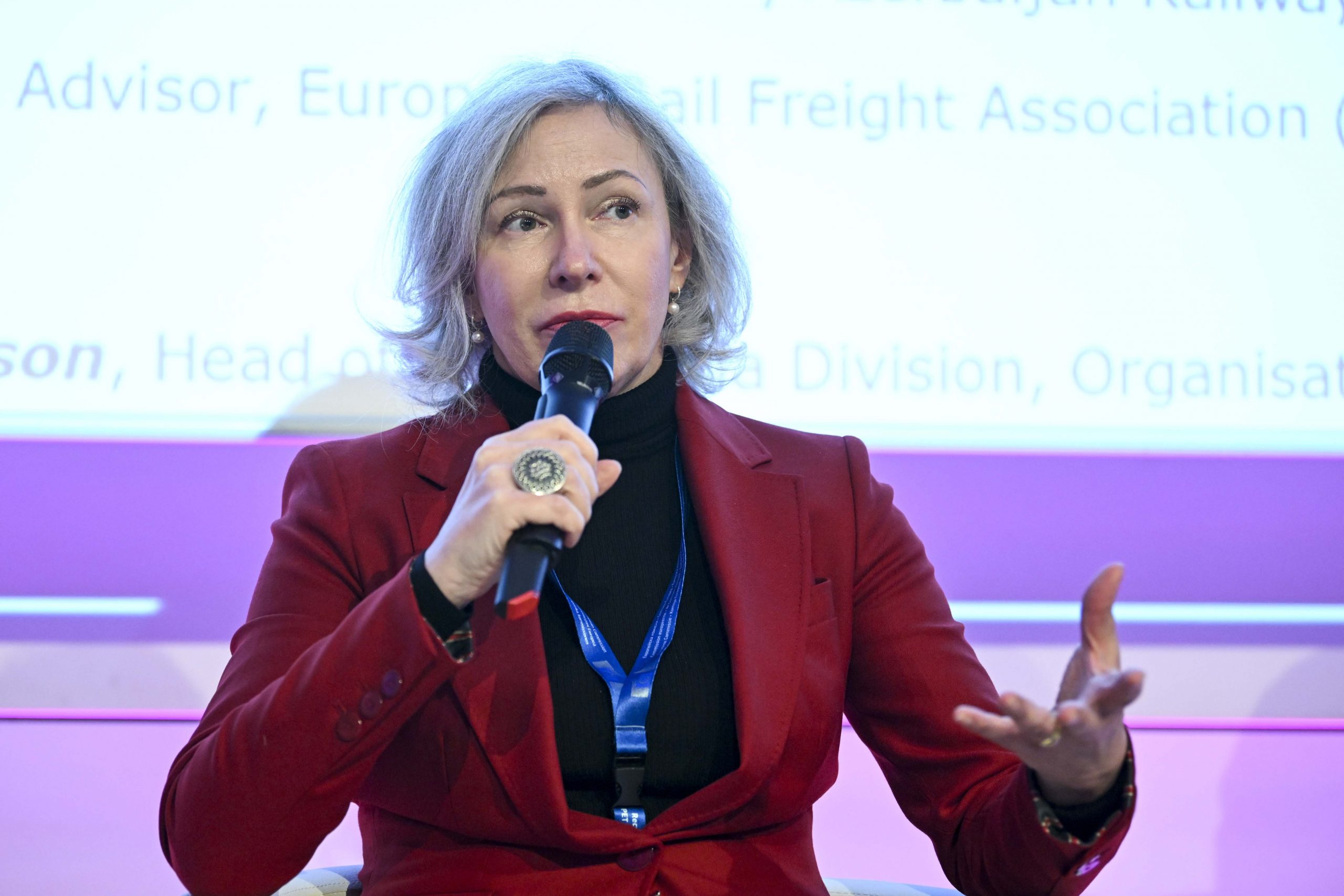
9 FEB 2024 · PROSPERITY
IRU unpacked road-rail digitalisation opportunities to boost the efficiency and transparency of trade at the European Commission’s “Investors Forum for EU-Central Asia Transport Connectivity” in Brussels.
Bringing together Central Asian countries, EU Member States and institutions, international financial organisations, and the private sector, the Forum looked to translate the conclusions of the EU-commissioned study on “Sustainable transport connections between Europe and Central Asia” into tangible operational deliverables.
The study showed that the digitalisation of transport documents reduced errors, increased transparency and curtailed corruption, thus decreasing administrative time and trade costs. Digitalisation also has a positive environmental impact due to the reduced use of paper and the transport of paper documents.
IRU contributed to the study, which prioritised soft connectivity measures, particularly through the digitalisation of transport documents with the implementation of eTIR and e-CMR, working closely with with the European Bank for Reconstruction and Development.
Speaking on the “Interoperability and Harmonisation for Connectivity” panel, IRU stressed that the transition to digitalisation is a timely opportunity to optimise the handling of transport data.

IRU Director of TIR and Transit Tatiana Rey-Bellet said, “Both road and rail transport use consignment notes as accompanying documents. CMR covers road transport, while CIM and SMSG are for rail transport. These instruments have the same function, serving as proof of contract for the carriage of goods and defining carriers’ liabilities. They also use very similar data. The transition to digitalisation should leverage existing platforms and data channels to minimise data handling and enhance the transparency of trade.”
“Close coordination between the organisations dealing with rail and road transport as well as among the authorities of the Trans-Caspian Transport Network countries are necessary to progress in this direction. The next step towards further harmonisation is to ensure their interoperability through digitalisation,” she added.
Tatiana Rey-Bellet further highlighted that the TIR system covers multimodal transport from the point of departure to the point of destination.
“All countries of the Trans-Caspian Transport Network are Contracting Parties to the United Nations TIR Convention. We just have to leverage all the advantages it offers. TIR is also supported by IT tools which allow customs authorities to receive advance cargo information for risk management, offering a solid foundation for risk-based transit facilitation.
UNECE and IRU are also working closely with customs authorities of countries along the Trans-Caspian Corridor to ensure a swift transition to eTIR.
“Coordination should hinge on a joint regional strategy. IRU will continue representing the interests of the private sector and drive initiatives contributing to better connectivity between Central Asia and Europe,” she concluded.

